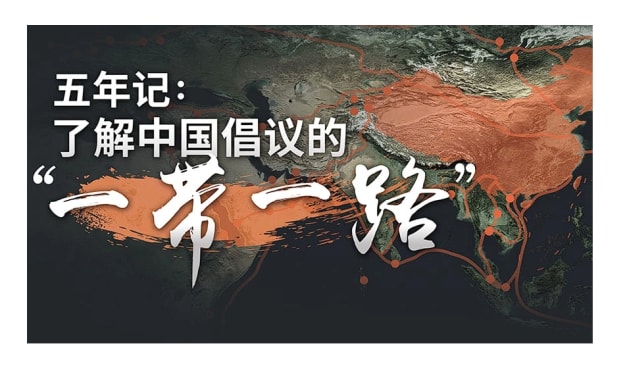Bucaramanga vs. Santa Fe: A Comparative Overview Circa 643
Bucaramanga and Santa Fe Regions Around 890 CE

The cities of Bucaramanga and Santa Fe, known today as major urban centers in Colombia, have rich histories that date back to pre-Columbian times. Around the year 643, these regions were vibrant with indigenous cultures that had developed complex societies long before the arrival of Europeans. Understanding the historical context of Bucaramanga and Santa Fe during this period involves exploring the lives of the indigenous peoples who inhabited these areas.
The Indigenous Landscape
Bucaramanga
In the 7th century, the region of modern-day Bucaramanga was inhabited by the Guane people, a subgroup of the Chibcha-speaking Muisca culture. The Guane were known for their advanced agricultural practices, growing crops such as maize, cotton, and tobacco. They lived in small, organized settlements and had a social structure that included chieftains and communal work systems.
The Guane were skilled artisans, creating intricate pottery and textiles that were highly valued. Their society was also marked by a deep spiritual connection to nature, worshipping a pantheon of gods associated with natural elements. They engaged in trade with neighboring tribes, exchanging goods like textiles and agricultural products, which facilitated cultural and technological exchanges.
Santa Fe
The area now known as Bogotá, referred to historically as Bacatá, was the center of the Muisca Confederation. The Muisca were one of the four major advanced civilizations in the Americas, alongside the Aztecs, Maya, and Inca. They inhabited the high plains of the northern Andes and were known for their sophisticated political and social organization.
The Muisca Confederation consisted of several small city-states, each ruled by a cacique (chief). They excelled in agriculture, cultivating potatoes, quinoa, and coca. The Muisca are particularly noted for their expertise in goldwork, producing beautiful jewelry and religious artifacts. Their economy was heavily based on trade, and they used salt, which they produced in large quantities, as a form of currency.
Religion played a significant role in Muisca society. They worshipped a range of deities, with Bochica being a prominent culture hero and messenger of the main god, Chiminigagua. Their religious practices included elaborate rituals and ceremonies, often centered around sacred natural features like lakes and mountains.
Economic and Cultural Interactions
Both the Guane and Muisca peoples engaged in extensive trade networks that were vital to their economies and cultural development. These networks facilitated the exchange of goods, ideas, and practices between different indigenous groups, enriching their societies.
The Guane traded products such as cotton textiles and tobacco with neighboring tribes. Their trade networks extended throughout the Andean region, promoting the flow of goods and cultural influences. Similarly, the Muisca were renowned for their trade in salt and emeralds, which were highly sought after. Their trade routes covered vast distances, connecting them with various other indigenous groups.
The Muisca's use of salt as currency was a unique aspect of their economy. This not only facilitated trade but also underscored the importance of their salt production, which was a central part of their economic system. The exchange of goods like textiles, pottery, and agricultural products between the Guane and Muisca, and other tribes, fostered a rich tapestry of cultural interaction.
Conclusion
In 643, the regions that would later become Bucaramanga and Santa Fe were thriving centers of pre-Columbian civilization. The Guane and Muisca peoples, with their complex social structures, advanced agricultural practices, and rich spiritual lives, laid the foundations for the cultural heritage that would define Colombia in later centuries. These indigenous societies were marked by resilience, innovation, and a profound connection to their environment, characteristics that have continued to influence the region's development over time.
The historical narrative of Bucaramanga and Santa Fe in the 7th century highlights the importance of recognizing and preserving the legacies of the indigenous cultures that shaped these regions long before European contact. Understanding their contributions provides valuable insights into the diverse and dynamic history of Colombia.
About the Creator
MW Article's
The sun's warm embrace greeted us as we embarked on a day filled with endless possibilities and joy.
Enjoyed the story? Support the Creator.
Subscribe for free to receive all their stories in your feed. You could also pledge your support or give them a one-off tip, letting them know you appreciate their work.





Comments
There are no comments for this story
Be the first to respond and start the conversation.